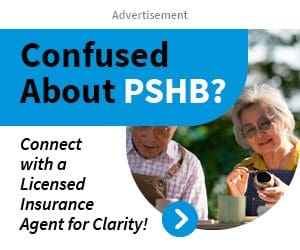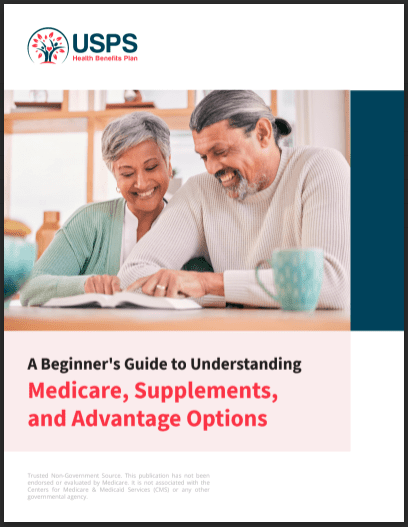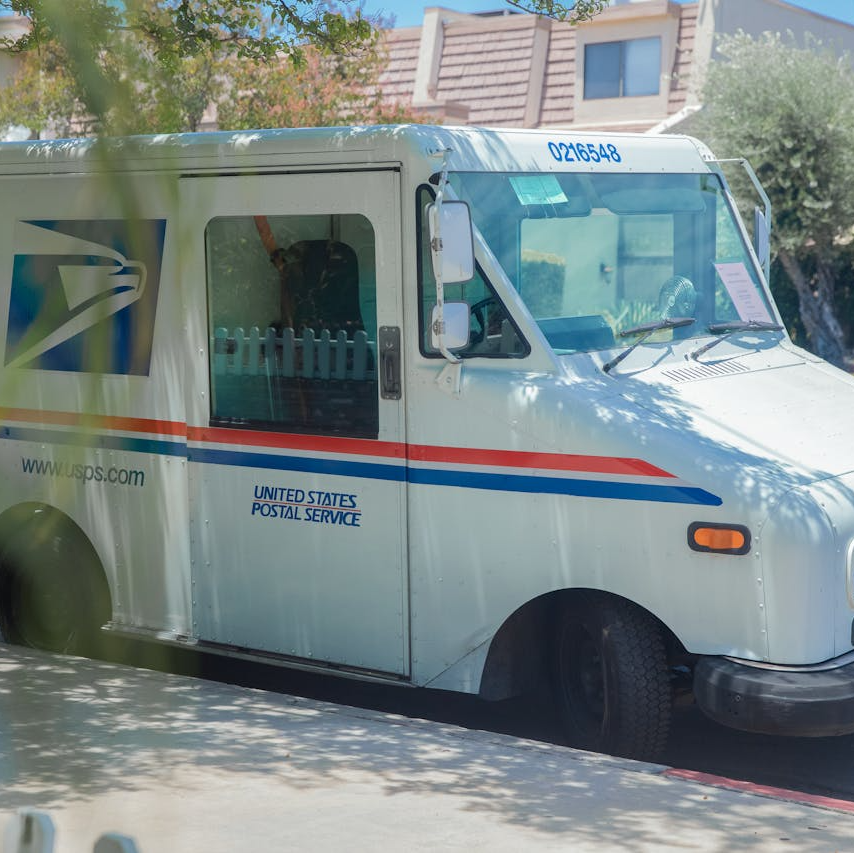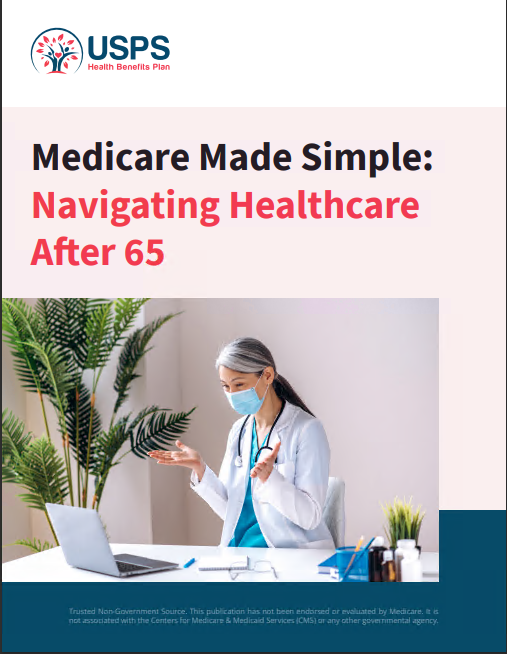Key Takeaways
-
Understanding your eligibility for the Postal Service Health Benefits (PSHB) Program ensures that you and your family maintain proper health coverage.
-
Several factors, including your employment status, Medicare enrollment, and life events, determine whether you qualify for PSHB and how you can make changes to your plan.
Who Qualifies for PSHB? Breaking Down Eligibility Requirements
The Postal Service Health Benefits (PSHB) Program is designed specifically for postal employees, retirees, and their families. Unlike the Federal Employees Health Benefits (FEHB) Program, which covered postal workers in the past, PSHB introduces new eligibility rules that impact who can enroll and what steps you may need to take to maintain your health benefits.
Understanding whether you qualify for PSHB is crucial. While eligibility is automatic for many active employees, certain situations require action on your part to ensure uninterrupted coverage. Here’s what you need to know to determine if you qualify and what factors could affect your enrollment.
1. Employment Status: Active, Retired, or Former Employee?
Current Postal Employees
If you are a career postal employee, you are automatically eligible for PSHB. Enrollment options allow you to cover yourself, your spouse, and dependent children. However, if you are a non-career employee, such as a temporary or seasonal worker, your eligibility is limited and may depend on specific employment conditions.
Retired Postal Employees
For postal retirees, eligibility rules change slightly. If you were retired before January 1, 2025, you can transition from FEHB to PSHB without needing to enroll in Medicare Part B, though it may still be beneficial. If you retire after this date, enrollment in Medicare Part B is required to maintain PSHB coverage once you become eligible for Medicare.
Former Employees
If you left the Postal Service before retirement, your eligibility for PSHB depends on whether you meet certain conditions. Former employees who are eligible for an annuity can continue coverage, but those without a qualifying retirement benefit will not have access to PSHB.
2. Medicare Enrollment: Why It Matters for PSHB
Medicare integration plays a significant role in PSHB eligibility, especially for retirees. The program follows specific guidelines that may require you to enroll in Medicare Part B depending on your retirement date.
Medicare Part B Requirement
-
If you retired before January 1, 2025, you have the option to enroll in Medicare Part B but are not required to do so to maintain PSHB coverage.
-
If you retire on or after January 1, 2025, you must enroll in Medicare Part B once eligible (age 65) to keep your PSHB benefits.
Medicare Advantage and PSHB
Some PSHB plans offer enhanced benefits when combined with Medicare, such as reduced copayments and out-of-pocket costs. Enrolling in Medicare can improve your coverage, but failure to sign up when required could result in a loss of PSHB benefits.
3. Family Member Eligibility: Who Can Be Covered?
Your PSHB coverage extends to certain family members, but it’s important to understand the rules to avoid unexpected gaps in their healthcare.
Eligible Family Members
-
Spouse: Legally married spouses qualify for coverage under PSHB.
-
Children: Your biological, adopted, stepchildren, or foster children are eligible up to age 26.
-
Disabled Children: If your child is permanently disabled and meets dependency requirements, they may qualify beyond age 26.
Who is Not Eligible?
-
Former Spouses: If you get divorced, your ex-spouse loses PSHB coverage unless they qualify for coverage under a specific federal benefit rule.
-
Parents & Siblings: Family coverage does not extend to parents or siblings, regardless of financial dependency.
4. Life Events That Impact Your Eligibility
Certain life events trigger opportunities to enroll in or change your PSHB coverage. These events, known as Qualifying Life Events (QLEs), allow you to adjust your plan outside of Open Season.
Common Qualifying Life Events
-
Marriage: You can add a spouse to your PSHB coverage within 60 days of marriage.
-
Divorce: Your ex-spouse is no longer eligible under your plan, requiring a change to individual or family coverage.
-
Birth or Adoption: A new child qualifies for PSHB coverage, and you have 60 days to enroll them.
-
Retirement: Transitioning from active employment to retirement can change your eligibility requirements, particularly regarding Medicare enrollment.
-
Death of a Covered Family Member: If a family member covered under your plan passes away, you must update your coverage accordingly.
Missing the deadline to report a QLE could mean waiting until the next Open Season to make changes, potentially leaving family members without coverage.
Stay Informed and Maintain Your Coverage
Ensuring your eligibility for PSHB is crucial for maintaining uninterrupted healthcare coverage. Whether you’re an active postal employee, a retiree, or managing coverage for your family, knowing the rules surrounding employment status, Medicare integration, and qualifying life events can prevent unexpected lapses in benefits.
If you have questions about your specific situation, consulting a licensed agent listed on this website can help you navigate enrollment requirements and plan options tailored to your needs.











